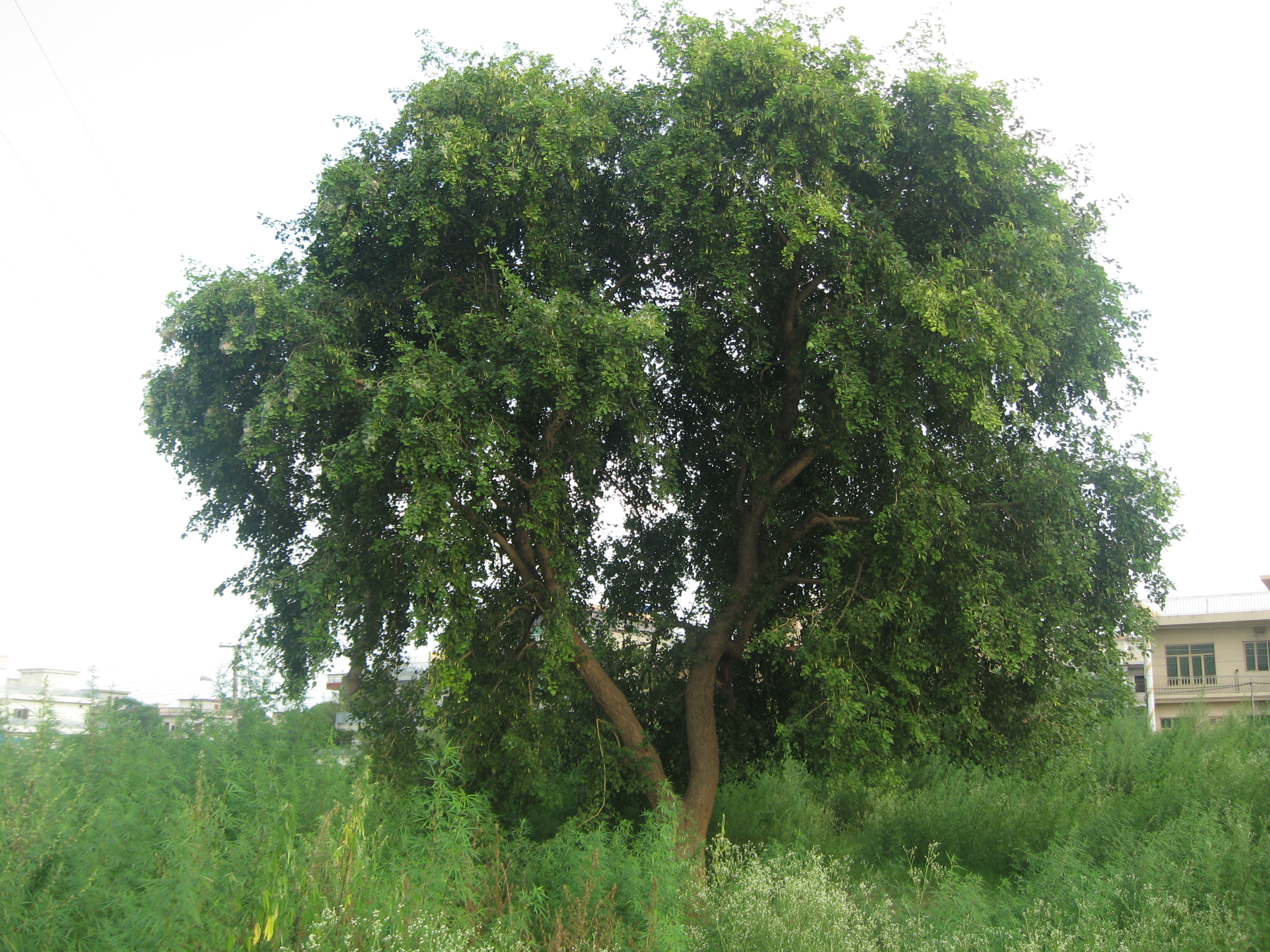Common Name: Indian rosewood
Family: Fabaceae
Common Synonyms: none
USDA Hardiness Zone: 8a-9b
Growth Habit: Tree
Origin: India to Pakistan
FISC Category: 2
FDACS Listed Noxious Weed: No
Introduction Date: pre-1952
IFAS Assessment:

Medium to large tree, semi-deciduous to 18 m tall with a dense crown and gray bark. Leaves alternate, compound, 3-5 leaflets with a single terminal leaflet. Leaflets glabrous, rounded, to 8 cm long, margins entire, with sharp point. Flowers inconspicuous, pea-like, fragrant, yellowish or white. Fruit a pale brown, flat, papery seed pod, to 8 cm long.
Hardwood forest, pine rockland, hammock margins, disturbed sites
Seeds are wind dispersed. Leaflets similar in appearance to Chinese tallow (Triadica sebifera), but lack latex.

NA
Dave's Garden. 2014. PlantFiles: Indian Rosewood, Dalbergia sisso. http://davesgarden.com/guides/pf/go/69622/. Accessed on June 20, 2014.
Langeland, K.A., H.M. Cherry, C.M. McCormick, K.C. Burks. 2008. Identification and Biology of Non-Native Plants in Florida's Natural Areas-Second Edition. IFAS Publication SP 257. University of Florida, Gainesville, Florida.
Langeland, K.A., J.A. Ferrell, B. Sellers, G.E. MacDonald, and R.K. Stocker. 2011. Integrated management of non-native plants in natural areas of Florida. EDIS publication SP 242. University of Florida, Gainesville, Florida.
Wunderlin, R. P., and B. F. Hansen. 2008. Atlas of Florida Vascular Plants (http://florida.plantatlas.usf.edu/).[S. M. Landry and K. N. Campbell (application development), Florida Center for Community Design and Research.] Institute for Systematic Botany, University of South Florida, Tampa.